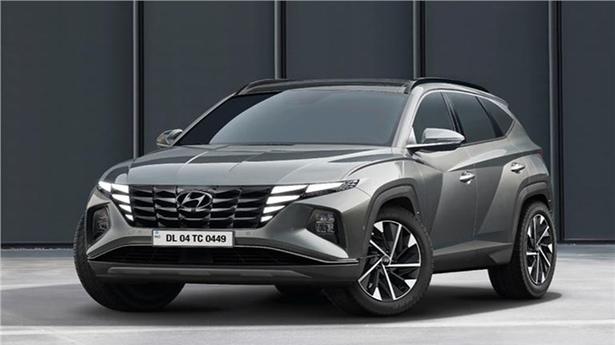The year 2020-21 accelerated the need for organisations to reinvent work and the workplace. During this time, employees adapted to remote work for at least a part of their work week. But, despite an overwhelming narrative around workplace flexibility, most employees want to get back to the ‘physical’ office.
While companies continue to focus on employee productivity and collaboration, this in the long run will eventually imply a full return to the office. Keeping this in mind, organizations must work towards finding the right balance between work in and outside of the office.
What’s essential is to undertake an approach that involves rethinking how, when, and where we work.
The office refresh
Post the peak-pandemic period, corporates are adopting a holistic approach and have aimed toward a more employee-centric style. As businesses come to an understanding that fulfilling the employee’s needs and requirements will help the business grow productively, the office space designs are evolving to meet the same.
They are trying to create a diverse and dynamic workspace that will inspire the next generation to relish their work and enhance their performance. Providing paramount importance to the health and wellbeing of the workforce will help in creating a distinct competitive advantage through reduced costs, less skiving, and increased productivity.
To sustain the idea, the common areas, and meeting rooms will be reorganised to comply with the safety norms, and workspaces will be structured in a way to help maintain physical and mental wellbeing. Offices are aiming to change their image from a mere space provider to providing an ecosystem that nurtures collaboration, productivity, & creativity.
Employees and workplace reforms
Occupancy studies found that office space was frequently unused prior to the outbreak of pandemic. More organisations now recognize this gap and are now aiming to use the office efficiently. If not activity-based workplaces, companies are likely to embrace desk-sharing for some employees. This style of structure not only provides for efficient space utilisation but also gives occupants greater control over their area and frequently includes more collaborative work zones.
Companies are thinking about how to turn their workplace into not only an efficient setting, but also the ideal environment for their employees’ productivity, wellness, and overall engagement as they got closer to resuming mainstream office-based employment.
The stakeholders’ view
With the above in view, occupiers are expected to recalibrate workplace designs to reinforce the image of choice as a centre for collaboration. As we move forward, the demand for sophisticated and tech-enhanced real estate offerings is expected to grow further as occupiers focus on providing a safe and healthy workplace to employees while meeting their need for flexibility.
Owing to a combination of pent-up demand and expansion, occupiers have already started to realign their post peak-pandemic business strategies. According to recent reports, office leasing activity in India witnessed steady recovery in 2022 with supply addition recorded at 26.1 mn sq. ft. in H1 2022, up by 26% Y-o-Y; leasing activity reached 29.5 mn sq. ft. during the period, a rise of 157% Y-o-Y
This momentum is likely to continue in 2022 with around 51-53 million sq. ft. of new office space to become operational in 2022, up by about 4-5% on an annual basis. This implies that office leasing activity is likely to continue to bring new focus on large-sized and high-quality buildings by developers to differentiate their assets and attract occupiers.
Way ahead for the next decade
As businesses work towards balancing workplace productivity and employee comfort, we will continue to witness a shift in the office site locations. The role of office spaces will also evolve to serve as the center of collaboration and team-building. This, coupled with the need for maintaining a healthy work/life balance, will enable businesses to re-define office spaces.
Businesses that continue to monitor the situation and adopt a dynamic strategy will be the ones that will drive the growth in the office space segment. This will create opportunities that enhance long-term asset value through better understanding and structuring of users’ needs. Hub, spoke and hybrid working models will gain further traction, leading to potential demand for commercial spaces in tier 2 and tier 3 cities. The next few years will also see a further push in demand for sustainable and tech-driven offices; that includes implementations such as smart parking, touchless elevators, real-time floor plan views, and infrared biometrics can be some interventions to ensure employee safety and wellbeing.
What’s essential to note is that the ‘physical office’ will continue to evolve as a catalyst for solidifying corporate culture. Therefore, it is critical for businesses to adopt targeted change management strategies to manage readiness, prepare employees, allocate support for a seamless return to work, and implement technologies that improve their service efficiency and employee experiences.





